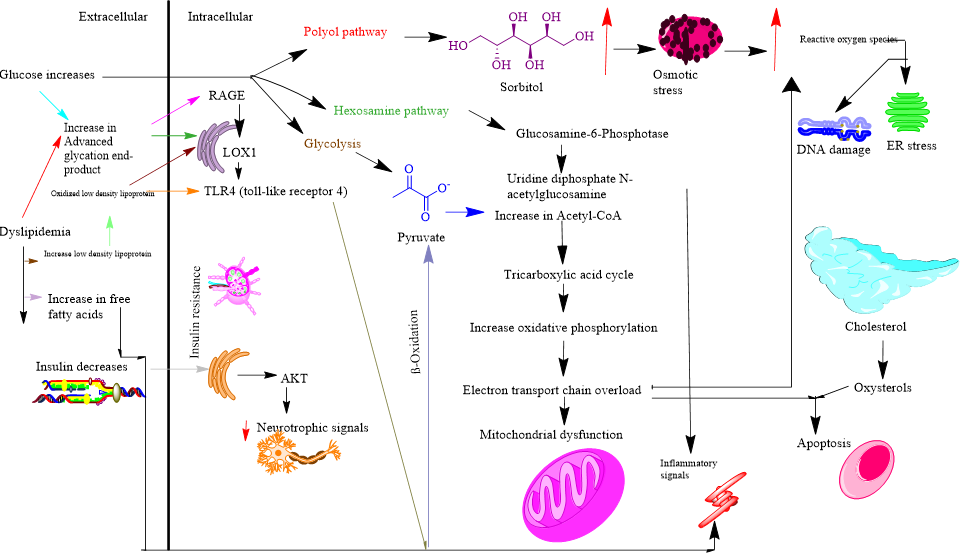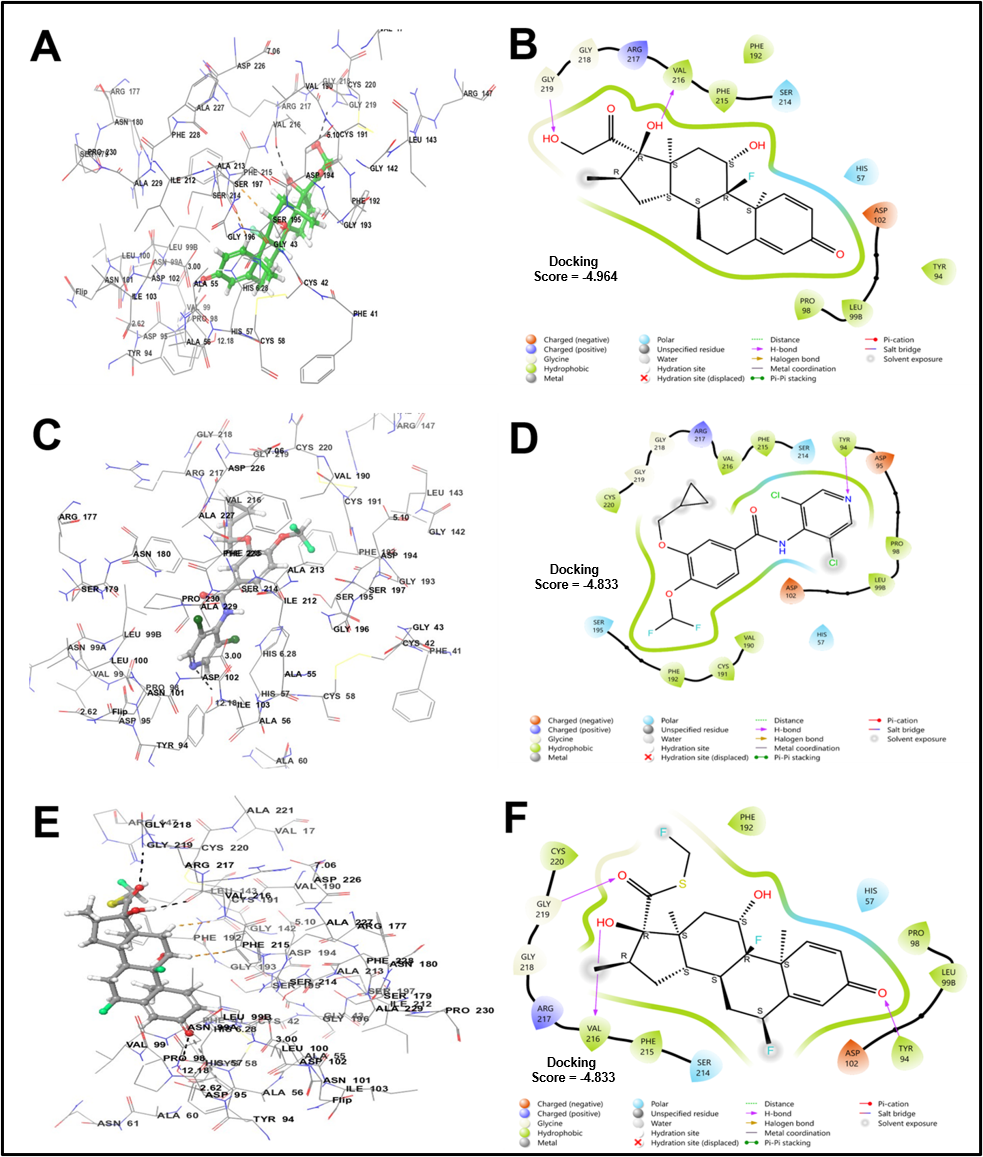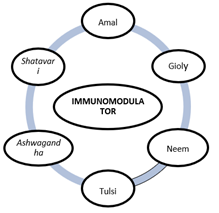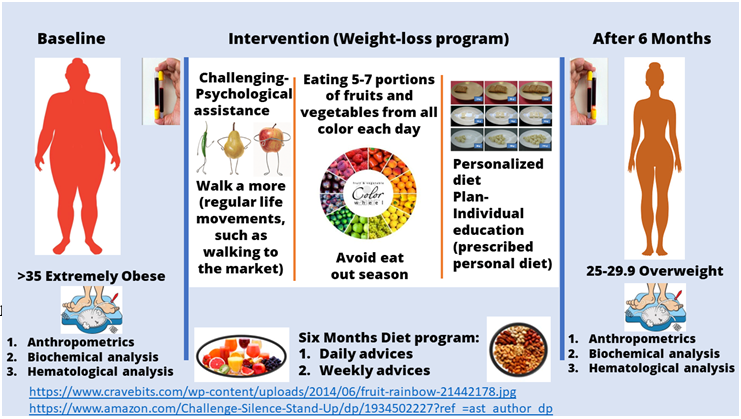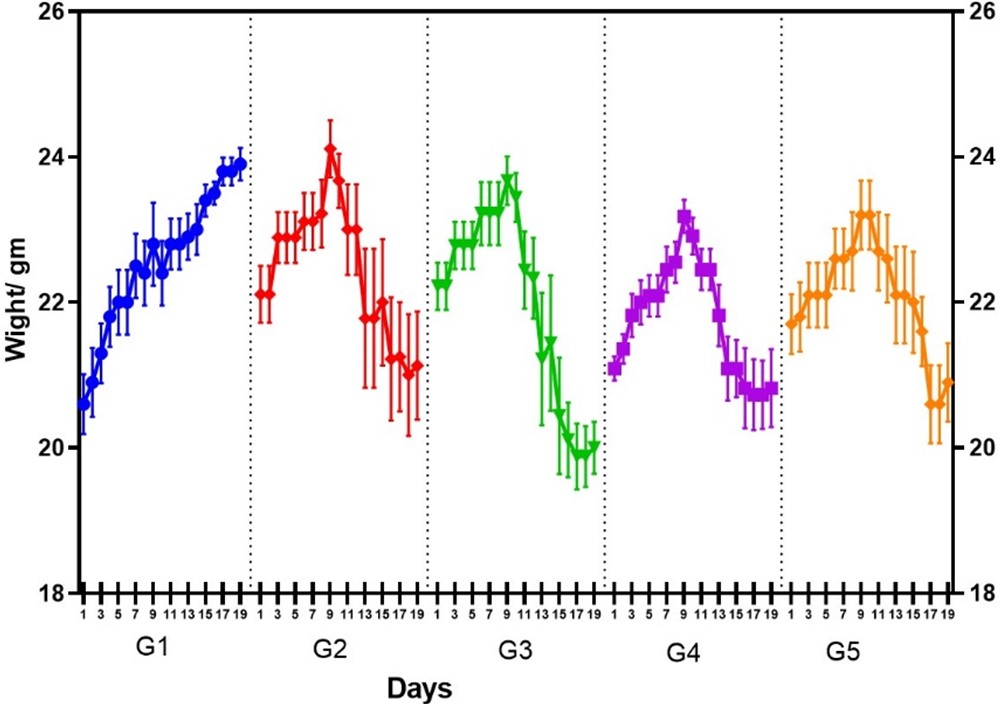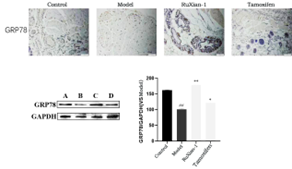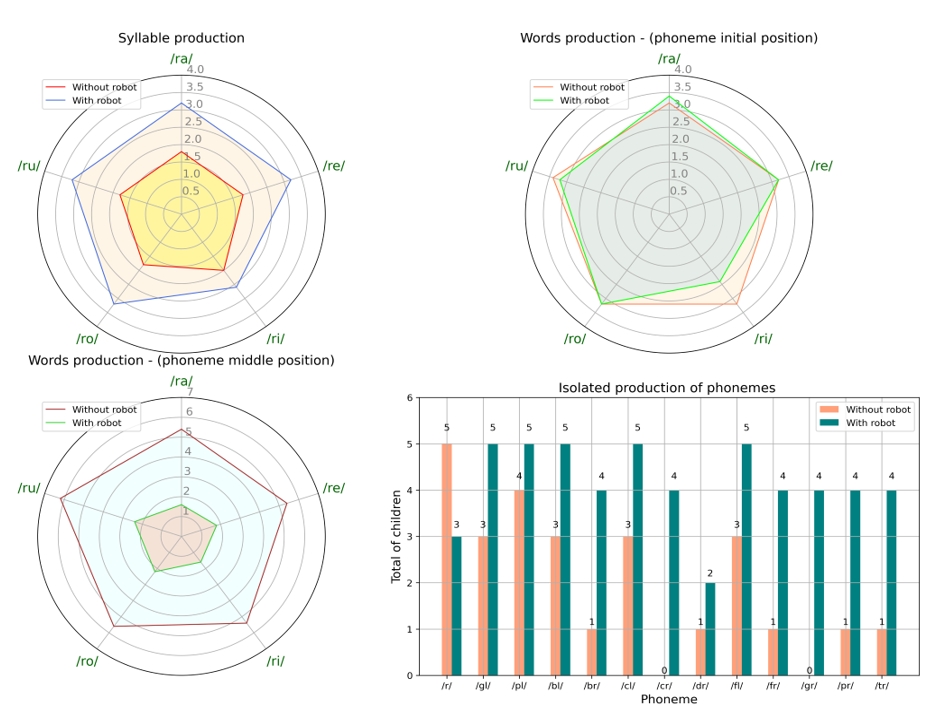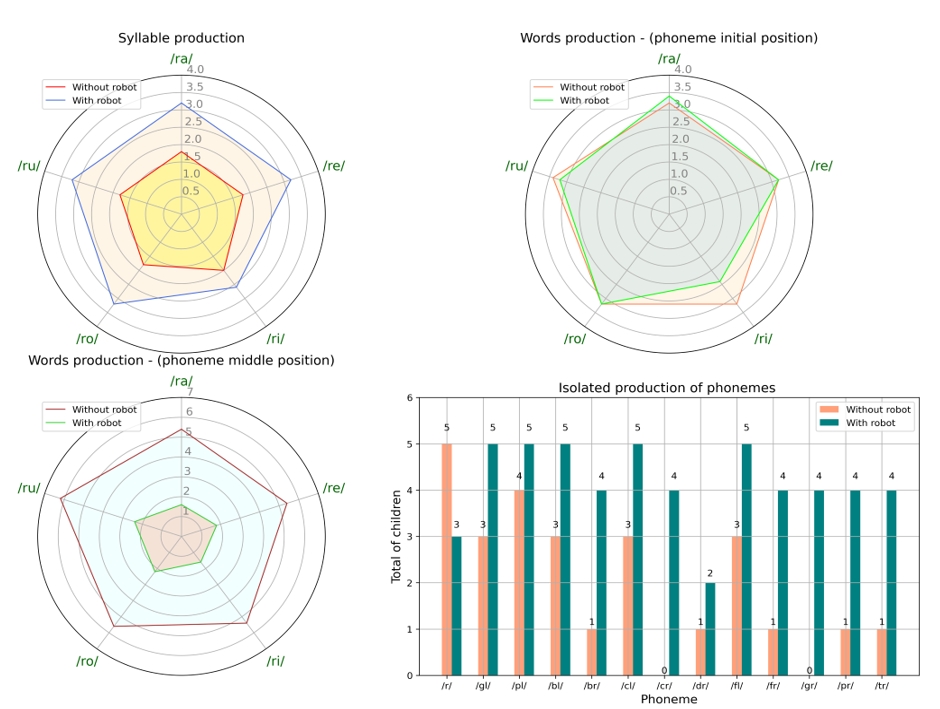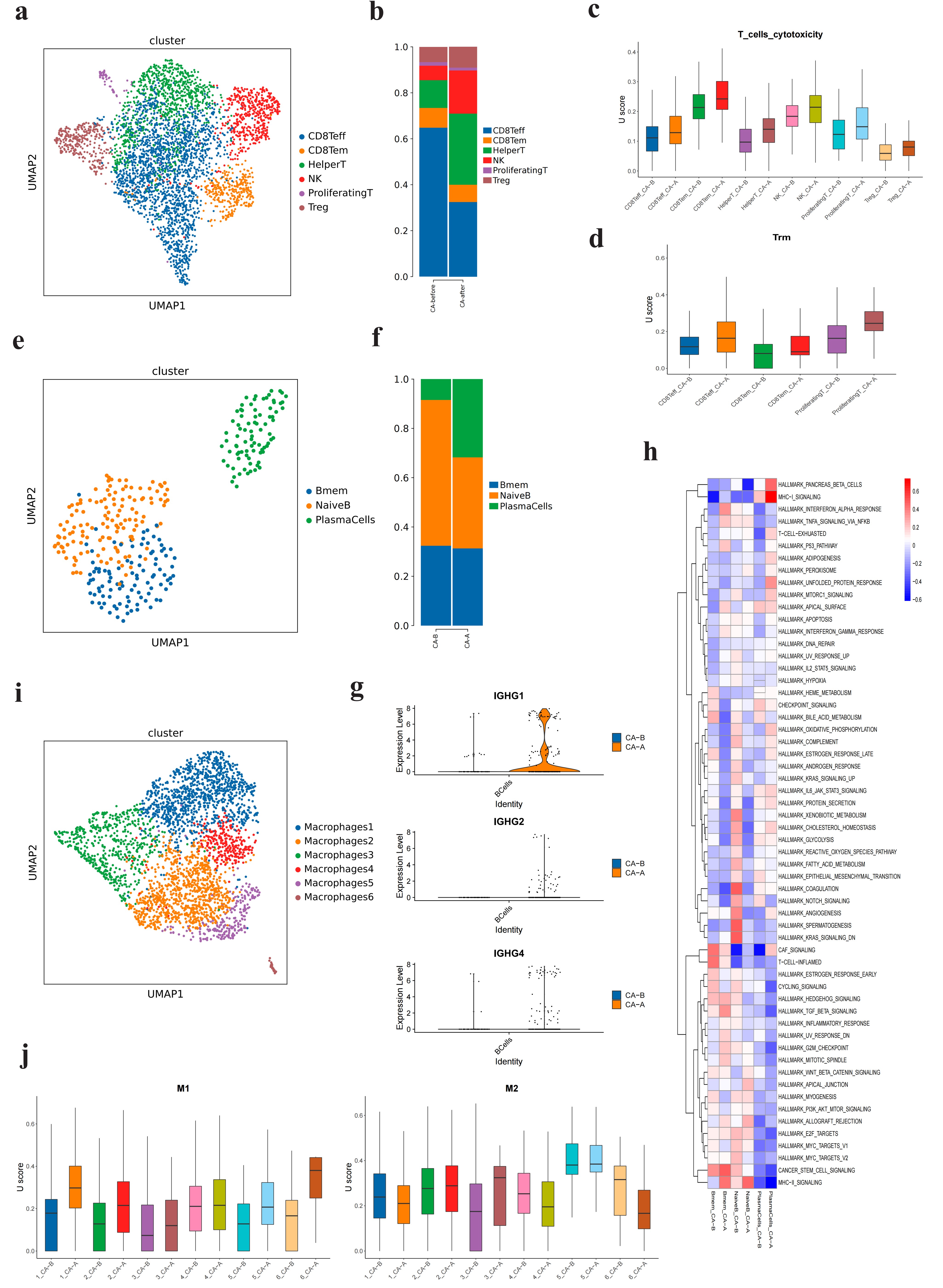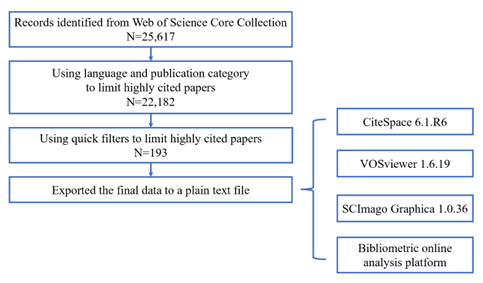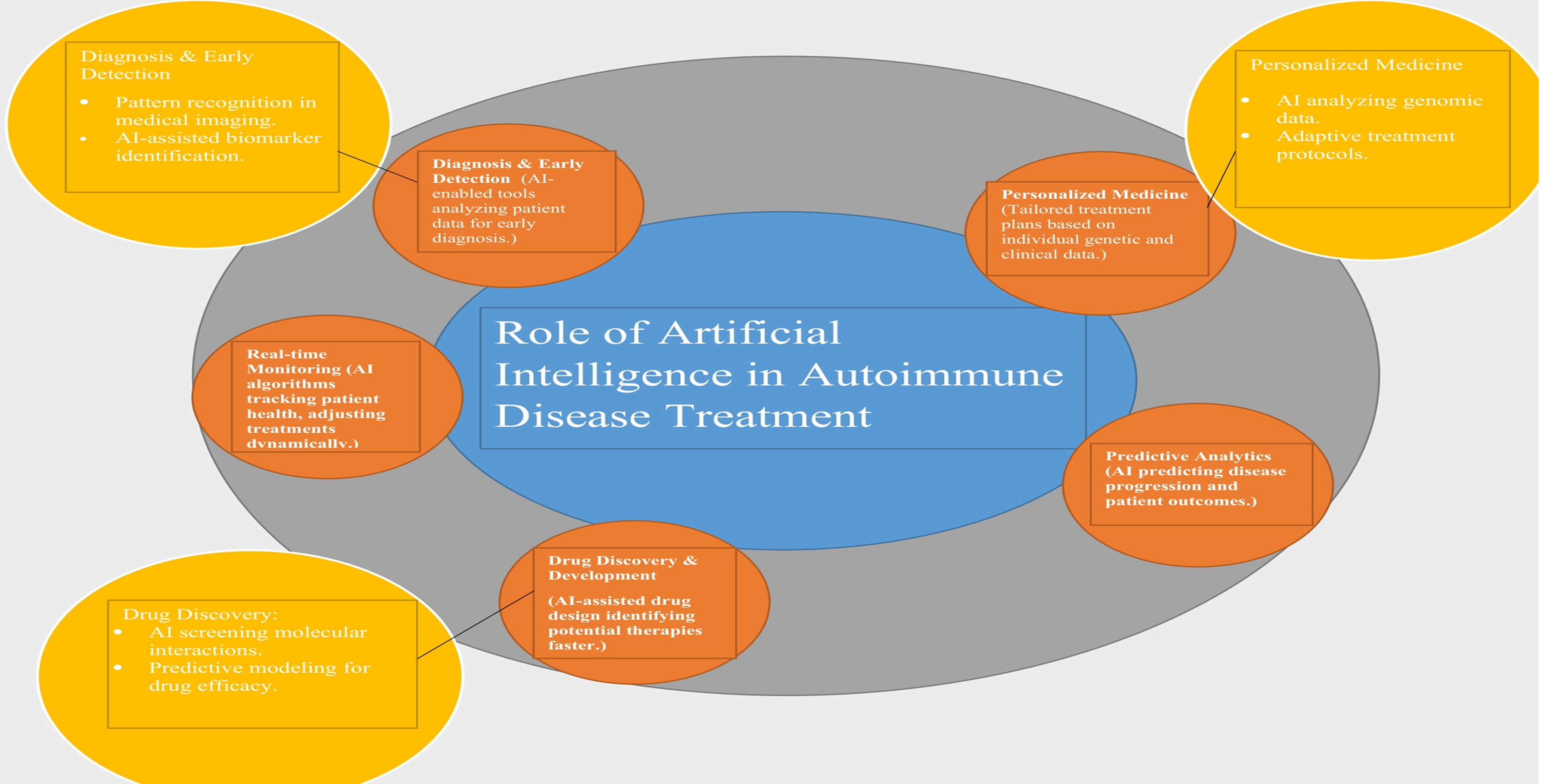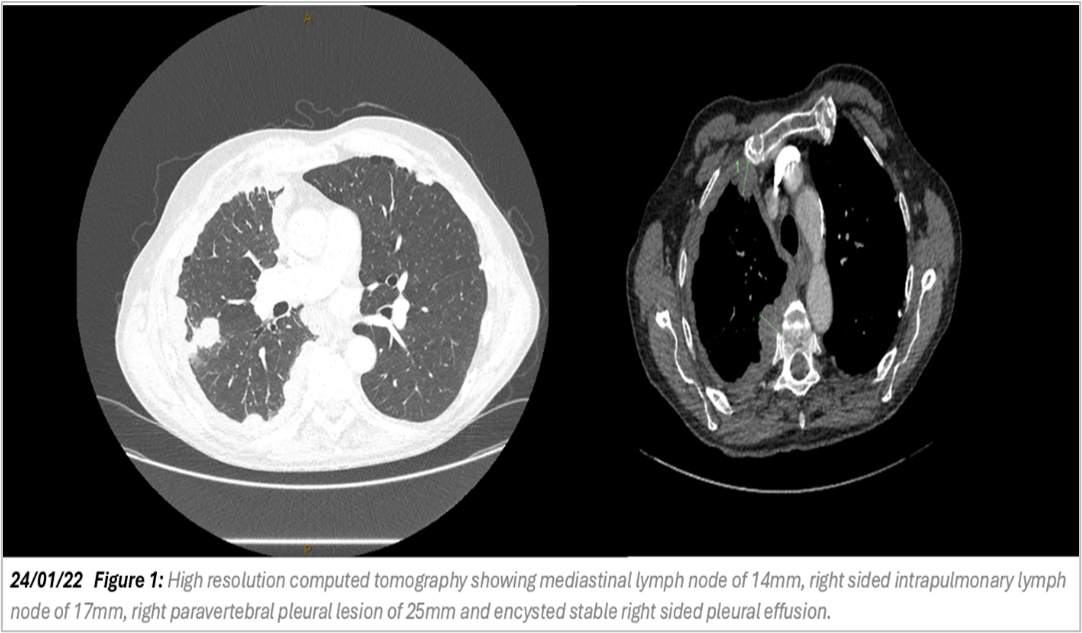Table of Contents
Introduction: GSK3, a multifunctional serine/threonine kinase regulates cell-cycle progression, differentiation and apoptosis and its inhibition can have a tumor suppressor/promoter effect, depending on the cell type. There are conflicting reports of GSK3 in cell growth, but most studies have focused on GSK3β and very few on GSK3α in cancer. GSK3α regulates proliferation of melanoma and pancreatic and colon cancer cells, but the predictive role of GSK3A is not known in colon cancer. Material and methods: The prognostic role of GSK3A was assessed in colon cancer patients employing Kaplan-Meier plotter (KM plotter) database. Online ROC plotter tool was used to compare the GSK3A gene expression in colorectal cancer patients receiving any form of chemotherapy. Results: Current results show that higher GSK3A mRNA expression is significantly related to poorer Relapse Free Survival (RFS) in colon cancer patients. Assessment of GSK3A mRNA for different clinicopathological features like clinical stages, TP53 mutation, stage T and stage N highlighted the critical prognostic value of GSK3A mRNA in colon cancer. Discussion and conclusion: GSK3A will help to better predict colon cancer prognosis and to develop better treatment strategies for colon cancer patients and will be beneficial in combating the heterogeneity and complexity of colon cancer.
Diabetes mellitus is one of the main chronic metabolic syndromes that contains a number of repercussions and risk factors because hyperglycemia leads other organs to malfunction. Despite the existence of cutting-edge methods for the treatment of diabetes, the proper therapeutic medication distribution remains a serious worry in the current situation. Betaine, also known as N,N-trimethyl glycine, is an amino acid derivative with a number of advantageous health effects. This chemical is available to both humans and other animals because it is consumed and created endogenously. Additionally, some pathological conditions, such as type 2 diabetes, result in a decrease in the amount of betaine in the tissues. Betaine has been found in rodent studies to considerably lessen a number of abnormalities associated with diabetes. changes in the liver and other insulin-sensitive organs. Researchers believe that AMP-activated protein kinase is crucial to the mechanism through which betaine exerts its anti-diabetic effects. Also, betaine has been demonstrated to reduce endoplasmic reticulum stress and inflammation in rodent models of diabetes. Since betaine has shown promising therapeutic benefits in animal trials, its potential use in treating diabetes has been raised.
With increasing environmental pollution (rising levels of air borne allergens) and smoke inhalational habits, biomass smoke, etc. all affect lung health, leading to various chronic lung diseases, and among them, life-threatening chronic obstructive pulmonary disease (COPD) is growing in prevalence around the globe. Thus, it’s a great demand from researchers to discover novel therapeutic drugs and vaccines against COPD. Human neutrophil elastase (HNE) is a major inflammatory protein that triggers inflammation in chronic airway diseases, causing airway remodeling and cytokines release. Recently, it has emerged as a significant target for drug discovery in patients with COPD. Hence, this study aimed to investigate the In-silico screening of the phytochemical medicinal plant Tridax procumbens against COPD via targeting HNE using the Schrodinger suite 2023-1. The docking score, glide score, and binding energy were calculated by the glide program using the Prime MM-GB/SA (Molecular Mechanics with Generalized Born and Surface Area Solvation) module. The best selected phytochemicals (ligands) were then screened for pharmacokinetic properties via ADMET analysis predicted using the qikProp program. Out of the library of Tridax procumbens, the phytochemicals like Apigetrin, Puerarin, Centaureidin, and Myricetin significantly bind to the catalytic site of HNE with PHE41, CYS42, SER195, GLY193, PHE192, HIS57, CYS58, PHE215, SER214, ASN61, LEU998, PRO98, TYR94, and ASP95 as residues with a glide score of the highest binding affinity (−7.707, −7.707, −7.045, and −6.871, respectively) compared to the standard drugs; Dexamethasone (−4.964), Roflumilast (−4.833), and Fluticasone (−3.968). The ADMET analysis of these four phytochemicals showed good pharmacokinetic profiles with human oral absorption, log S, molar volume, and van der waals volume, etc. Thus, In-silico findings suggest that carrying out these phytochemicals (Apigetrin, Puerarin, Centaureidin, and Myricetin) from Tridax procumbens to validate their therapeutic potential against COPD at preclinical and clinical levels.
The statement “prevention is better than cure” and its applications is not a new for Ayurvedic health care system. The statement defines the aim and objectives of Ayurvedic health care system in a nutshell “swasthasya swasthya rakshanam aaturasya vikara prashamanam”. The immune system is certainly considered one of our most discreet biological systems withinside the body. Immunizations may be obtained by us actively or passively. Active immunization includes stimulating with an antigen to generate immunological defenses against a destiny exposure, rather than passive vaccination, which includes administering antibodies to someone who has already been exposed to an antigen. Both plant and animal sources produce immunomodulatory effects to boost the body’s immunological reactivity against infections by engaging the non-specific immune system. Herbal immunomodulators are substances that either activate or suppress innate and adaptive immune responses in the body. Different ailments including allergies, asthma, rheumatoid arthritis, cancer, and other infectious disorders are caused by immune system failure. Therefore, regulating the many infectious illnesses requires significant immune response modification. Global scientific study is currently focused on how various medicinal plant components might alter the immune system. Numerous Indian and “Rasayana” and medicinal plants may have immunomodulatory characteristics. Some of these plants are Tinospora cordifolia, Morus alba, Acacia catechu, Allium sativum, and Mangifera indica. There are many more that are still undiscovered and offer space for greater study.
Obesity, a prevalent global health issue, is characterized by elevated lipid levels, altered hematological parameters, inflammation, and other related symptoms. A biological profile and complete blood count (CBC) are essential tools for assessing overall health and detecting various dysfunctions, including anemia, infections, leukemia, and heart diseases. In obese patients of both sexes, a high white blood cell count is a reliable indicator of leukemia risk, coronary complications, and inflammation. Notably, dietary and lifestyle changes can significantly improve obesity-related conditions and hematological disorders. This study examines the effects of a six-month dietary program on anthropometric measurements, biological profiles, elemental composition, and complete blood counts in 43 obese females with white blood cell counts above the normal range. Participants underwent comprehensive hematological, biochemical, and anthropometric assessments at the beginning and end of the diet program. The findings revealed a significant weight loss and substantial improvements in laboratory parameters and blood profiles. These improvements are likely due to the nutrient composition of the diet program. The investigation confirmed that modifying dietary intake by reducing consumption of high-acidic foods, fast foods, animal-derived lipids, refined carbohydrates, red meats, and non-seasonal produce, in favor of a nutrient-dense regimen comprising fruits, vegetables (consumed raw or steamed), fish, poultry, and whole grains, resulted in significant enhancements in hematological indices and biological markers. These enhancements substantially surpassed baseline measurements for complete blood count and biological profiles. However, alterations in the elemental profile were not statistically significant. Further studies are being conducted to examine these outcomes with greater specificity. Ongoing research aims to further understand these effects according to personal medical history, age, and sex.
Objective: To examine the therapeutic effects of PEPITEM on neuroinflammatory and apoptotic pathways in an Experimental Autoimmune Encephalomyelitis (EAE) model of Multiple Sclerosis (MS), focusing on the modulation of key biomarkers: SIRT1, NRF2, NF-κB p65, Bax, and Bcl2. Methods: We utilized a controlled experimental design involving five groups of female C57BL/6 mice, aged 9–12 months to assess the effects of PEPITEM administered therapeutically and prophylactically. Groups included a normal healthy mice group (G1), an EAE-induced group receiving scrambled peptide therapeutically (post-induction) (G2), an EAE-induced group treated with PEPITEM therapeutically (G3), and an EAE-induced group given scrambled peptide (G4) prophylactically or, an EAE-induced group treated with PEPITEM prophylactically (G5). Following induction and PEPITEM treatment, weight and EAE scores were compared among the designated groups. Additionally, spinal cord tissues were harvested for protein lysate preparation and Western blot analysis quantified the expression levels of the selected biomarkers. Results: Analysis of the weight and EAE scores reveals that G3 and G5 exhibit trends toward recovery, potentially indicating the effectiveness of the treatment. Moreover, PEPITEM treatment significantly upregulated the expression of SIRT1 and NRF2, suggesting an enhanced neuroprotective and antioxidant response. Conversely, NF-κB p65 and Bax levels were notably decreased, indicating a suppression of inflammatory and apoptotic pathways. Additionally, Bcl2 expression was significantly increased, highlighting a shift toward cell survival mechanisms. Conclusion: Our findings demonstrate that PEPITEM exerts a multifaceted therapeutic effect in the EAE model of MS by mitigating the symptoms of EAE as evidenced by modulating crucial biomarkers involved in neuroprotection, inflammation, and apoptosis. The significant alterations in the expression of the biomarkers highlight the potential of PEPITEM as a promising therapeutic agent for MS, offering insights into its mechanism of action and paving the way for future clinical investigations.
In this study we aimed to study the protective effect of RuXian-1, which is a traditional Mongolian medicine on hyperplasia of mammary glands in rats and to explore its possible mechanism. Methods: The rat model of breast hyperplasia was induced by intramuscular injection of estradiol benzoate. The rats were randomly divided into 4 groups: saline treatment group (negative control), estrogen treatment group (model group), RuXian-1 treatment group and raloxifene treatment group (positive control). RuXian-1 group and raloxifene group were given 3.0 g/kg of RuXian-1 and 1.8 mg/kg of raloxifene daily for 4 weeks, respectively. After treatment, the breast tissue of each group was harvested and confirmed the expressions levels of glucose-related protein 78 (GRP78), C/EBP homologous protein (CHOP), and protein kinase R (PKR)-like endoplasmic reticulum kinase (PERK) which were known that functions as an endoplasmic reticulum stress marker by Western blotting. Results: Compared with the normal group, the GRP78, PERK and CHOP protein levels in the breast tissue of the model group were significantly decreased. Compared with the model group, the expression of GRP78, PERK and CHOP in RuXian-1 group significantly increased, the expression of GRP78 and CHOP of raloxifene significantly increased (p < 0.05), and the expression of PERK did not change. Conclusion: The Mongolian medicine RuXian-1 has therapeutic effect on mammary hyperplasia in rats, and its therapeutic mechanism is related to activating the GRP78/PERK/CHOP signaling pathway and promoting mammary gland cell apoptosis.
Amidst the COVID-19 pandemic, this article offers a cautious re-evaluation of traditional notions surrounding the immune system’s role in combating viral infections. Departing from the prevalent emphasis on antibodies and T cells, the manuscript proposes a hypothesis highlighting the pivotal role of RNA interference present in every nucleated cell of the human body for antiviral defense. This system, honed over years of co-evolution with viruses, harbors a diverse array of microRNAs aimed at suppressing viral replication. Additionally, in the event of failure, novel microRNAs are synthesized to target specific viruses, underscoring the concept of natural immunity and RNA interference’s adaptability. Delving into the sentinel role of the specialized immune system (SIS), the article underscores its significance in safeguarding the body’s integrity and combating tumors, extending beyond mere adaptation to pathogens. It also discusses the risks associated with antibody-dependent enhancement of infection and the depletion of naive T and B cells resulting from extensive use of antiviral vaccines. By accentuating the significance of RNA interference as an often-overlooked aspect of human antiviral defenses, the authors advocate for broader, more exploratory discussions within the scientific community regarding the intricate nature of immune responses and vaccine efficacy.
This paper aims to study how the increase in vaccination rate in Israel affect to the behavior of COVID-19 reproduction rate, from 19 December 2020, to 25 April 2021. Multiple advanced econometrics methodologies are used to analyze the degree of persistence, to understand the relationship between these two times series and the long-term behavior. The results of our study indicate that the vaccinations cause long-run effects to COVID-19 reproduction rate and the vaccination provides useful information to predict the COVID-19 reproduction rate. Also, we determine whatever exogenous shocks related with the virus reproduction will have a very short impact over time. The first change in trend occurs on 13 January 2021, with 24.37% of the population vaccinated and when it can be seen that the increased rate of vaccinations causes the infection rate to decrease.
Background: the abscopal is a hypothesis of effect on non-irradiated tumors after localized radiation therapy which associated with the products of tumor-associated gene as autoantibodies (aTAAs) in reaction to the tumor-associated antigens (TAAs). When TAAs interact with hapten within tumor after hapten plus chemotherapy drugs intratumoral injection to pancreatic cancer like tumor lysates vaccine, TAAs-hapten stimulates the immune system as a neu antigen and produces autologous tumor antibodies, it is called induced tumor-associated autoantibodies (iTAAs) which is lightly difference to aTAAs since epitope of antigen linked with hapten. Method: immunofluorescence (IF) was applied for detect the binding of the iTAAs in tumor cells at sentinel lymph node. Results: aTAAS naturally could not target and bind the TAAs in tumor since due to immune tolerance. The iTAAs can target and bind the TAAS, also the iTAAs targeted in the tumors of sentinel lymph node with complements C help, it was found Cmyc (P = 0.0017 at one week; P = 0.0001 at two weeks), p53 (P = 0.0373; 29.13 ± 6.91, and P = 0.0254), and Zeta (P = 0.1513, P = 0.0044) increased significantly in the tumor cells or perinuclear tumor cells in lymph node at one and two weeks after treatment. Conversely, IMP1 (P = 0.6154; P = 0.0138), Koc (P = 0.5684, P = 0.0103), Survivn (P = 0.1020; P = 0.0147) and Rala (P = 0.3226; P = 0.0249) increased significantly in the cell or perinuclear of tumor in lymph node at two weeks later following. Conclusions: it indicated all of iTAAs plays a function in the binding of original cellular tumor genes at sentinel lymph node while the aTAAs could not bind the cellular tumor genes at lymph node due to immune tolerance. We could make a hypothesis: TAAs inside the cancer cells’ nuclei can be targeted by the iTAAs which produced by hapten enhanced intratumoral chemotherapy. The iTAA may play a distinctive role in controlling tumor cell growth and resulting in an abscopal effect, which is one of hapten associated with TAA induced immune response.
Background: Tumour-infiltrating lymphocytes CD8+ (TILs CD8+) as an anticancer immune response and Programmed Death-Ligand 1 (PD-L1) as an immune checkpoint molecule expression are important in colorectal cancer (CRC) as their expression correlates with the immune status and the progression of cancer. The primary objective of this study is to examine the relationship between TILs CD8+ and PD-L1 expression levels and CRC metastasis to provide insights into the immune microenvironment’s role in CRC progression and metastasis, potentially improving patient outcomes and treatment response. Methods: This study was an observational study involving colorectal cancer patients who were treated at a tertiary hospital in Bandung, West Java, Indonesia. There were 40 patients included in the study. Tumour tissue samples were collected from patients, and immunohistochemical staining was performed to evaluate TILs CD8+ infiltration and PD-L1 expression levels. Clinical data, including metastasis occurrences, were collected from the cancer registry. Results: Analysis of TILs CD8+ and PD-L1 expression levels in CRC patients revealed significant findings regarding metastasis occurrence and cancer staging. There was a notable positive correlation between PD-L1 expression and TILs-CD8+ infiltration in the presence of distant metastasis and advanced cancer stage (p < 0.05). However, no significant association was observed between TILs CD8 and PD-L1 expression levels and lymphatic metastasis. Conclusion: This study highlights the potential prognostic value of TILs CD8+ and PD-L1 expression levels in predicting CRC progression and metastasis. However, the lack of a significant correlation with lymphatic metastasis suggests the need for further investigation into the underlying mechanisms. Understanding the roles of PD-L1 and TILs-CD8+ expression in CRC metastasis may facilitate the development of targeted therapeutic strategies to improve patient outcomes.
Immunotherapy has emerged as a novel treatment strategy for many types of cancers, among them, liver cancer. The major advances and achievements in recent years is the use of programmed death-1 (PD-1) blockers for cancer treatment. Since patients’ immune systems are already weak following concurrent surgery plus chemo or radiotherapy, it is necessary to restore and awake their immune cells to maximize the effect for immune therapy. Methods: Liver cancers were treated twice with hapten enhanced local chemotherapy (HELC) like tumor lysates vaccine and following PD-1. Single-cell RNA sequencing (scRNA-seq) was used to analyze the changes of immune responses prior and after treatments. Results: We observed upregulation of cytotoxicity-related genes of CD8 effector T cells and NK cells in untreated tumor; Both Bmem and Naive B cells in untreated tumor showed a significant increase in MHC II signaling pathway-related genes, while MHC I-related genes was upregulated in plasma cells. Significant tumor size shrinkage was observed in both treated and untreated tumors following the HELC+PD-1 therapy. Conclusions: This study provides new biological insights into the abscopal effect at the single-cell level related to the composition of T and B cells in untreated liver cancers before and after major primary tumors treated by HELC. Our data showed that intra-tumor HELC can kill tumor cells and induced immune activity, which is likely vital in modifying tumor associate antigens (TAAs) into neo TAAs. It induces immune response just like vaccine can wake up immune cells and therefore increasing the efficacy of PD1 therapy.
The clinical application of biological products is increasingly extensive, bringing good therapeutic effects for patients with a variety of immune diseases. We searched the Science Citation Index Expanded (SCI-E) database in the Web of Science Core Collection (WOSCC) and selected the highly cited papers based on biological products. The literature was analyzed based on journals, countries/regions, institutions, authors, and keywords, using VOSviewer, SCImago Graphica, and CiteSpace software to generate knowledge maps and identify hotspots and trends. The 193 highly cited papers appeared in 124 journals from 59 different countries/regions. Nature Reviews Rheumatology published most of the articles, while Nature Reviews Drug Discovery had the highest number of citations. The United States had the highest number of publications, and the top institution and author was the University of California San Diego and Fabbrocini, Gabriella. The top 5 co-occurrence keywords included drug delivery, double blind, in vitro, monoclonal antibody, and in vivo. Biological products are important adjunctive therapies for the treatment of immune-mediated inflammatory diseases. Lowering the nanotoxicity of biological products, reducing adverse events due to immunogenicity, therapeutic drug monitoring (TDM) the efficacy of biological products, and producing new substances with intrinsic antimicrobial activity may be the focus and trends for future biological products research.
Diabetes mellitus (DM) is characterized by hyperglycemia, which is a common endocrine disease. DM and its complications may lead to diabetic foot ulcers (DFU). DFU is associated with reduced wound healing because of altered cellular and cytokine responses, inadequate vascularization, infection, and neuropathy. One novel and promising approach to treating diabetic wound healing is the administration of compounds based on nanotherapeutics, such as nanoparticles and nanoscaffolds. Plant extracts can be administered more successfully by using nanoscale delivery methods. Plant extracts and their related phytocompounds can be nanostructured to enhance their bioavailability, regulate their release via extended delivery techniques to the wound site, and increase their penetration to the deeper layers of the skin. All these benefits are critical for the healing process. This brief overview covers the most recent methods to develop phytomedicine nanotherapeutics for the treatment of diabetic wounds.
The incorporation of artificial intelligence (AI) into medical practice has considerably improved the treatment of autoimmune disorders, opening new avenues for personalized therapy. This study examines advances in AI-driven therapeutic options for autoimmune illnesses, including both current and developing treatments. Traditional therapies for autoimmune illnesses, such as immunosuppressive therapy and biologics, attempt to alleviate symptoms but frequently fall short of offering personalized care. Emerging approaches, such as precision medicine and artificial intelligence, are altering the landscape by harnessing massive volumes of patient data to better customize therapies. AI holds the ability to transform autoimmune disease therapy by enhancing diagnosis, discovering biomarkers, optimizing drug development, and personalized treatment procedures. Real-world applications and case studies are examined to demonstrate how machine learning algorithms have improved treatment tactics for rheumatoid arthritis, systemic lupus erythematosus, and multiple sclerosis. While AI has many advantages, like enhanced diagnosis accuracy and personalized therapy, it also has drawbacks, such as data privacy, the requirement for vast datasets, algorithmic bias, and a lack of explain ability. This study emphasizes the advantages of AI, such as improved patient stratification and predictive modelling, while also discussing its drawbacks, such as ethical problems and the possibility of data exploitation. AI presents intriguing prospects for treating autoimmune diseases, but more research and cooperation are required to overcome current difficulties and completely integrate AI into clinical practice.
Malignant pleural mesothelioma has a poor prognosis with limited therapeutic options Although numerous trials have shown that combination immunotherapy with nivolumab and ipilimumab is one of the first line treatments for patients with unresectable MPM, there is limited data on delayed responses over a long follow up period. We report a case of a delayed response 7 months after the cessation of immunotherapy in a patient who initially had progressive malignant pleural mesothelioma with metastases.
New hope for patients with specific blood malignancies has arisen with the emergence of chimeric antigen receptor (CAR) T-cell therapy as a revolutionary approach to cancer immunotherapy. This groundbreaking therapy modifies a patient’s immune system such that their own T cells can identify and destroy cancer-specific antigens by expressing CARs. Multiple myeloma, lymphomas, and leukemias are among the blood malignancies that have been treated with six CAR T-cell treatments that have been approved by the FDA since 2017. The treatment entails drawing T cells out of the patient’s blood, changing their genes to produce CARs, and then reintroducing these modified cells into the patient. The CAR T-cells have the ability to identify cancer cells, proliferate, and kill them once they enter the circulation. This might lead to long-term protection from the illness. Patients with blood malignancies who have relapsed or are resistant to previous treatments have shown encouraging results in clinical studies, with some patients even managing to achieve long-term remissions. Cytokine release syndrome and neurological toxicities are two of the many potential adverse effects of CAR T-cell treatment that must be carefully managed. The complicated production method and expensive treatment cost further restrict its broad availability. Research is ongoing with the goals of improving the safety profile, increasing the effectiveness, and expanding the applicability of CAR T-cell therapy to solid tumors.












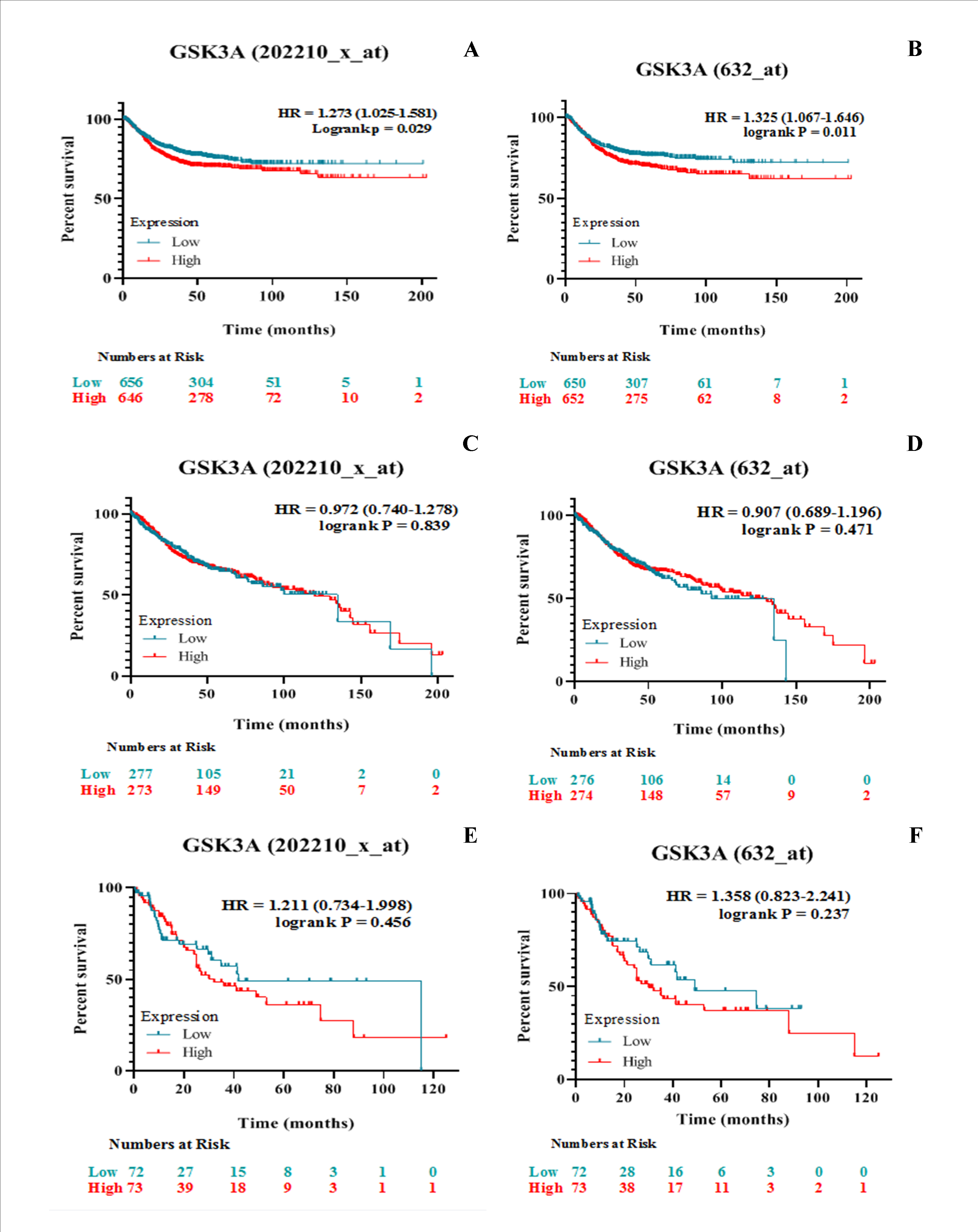
 Open Access
Open Access
